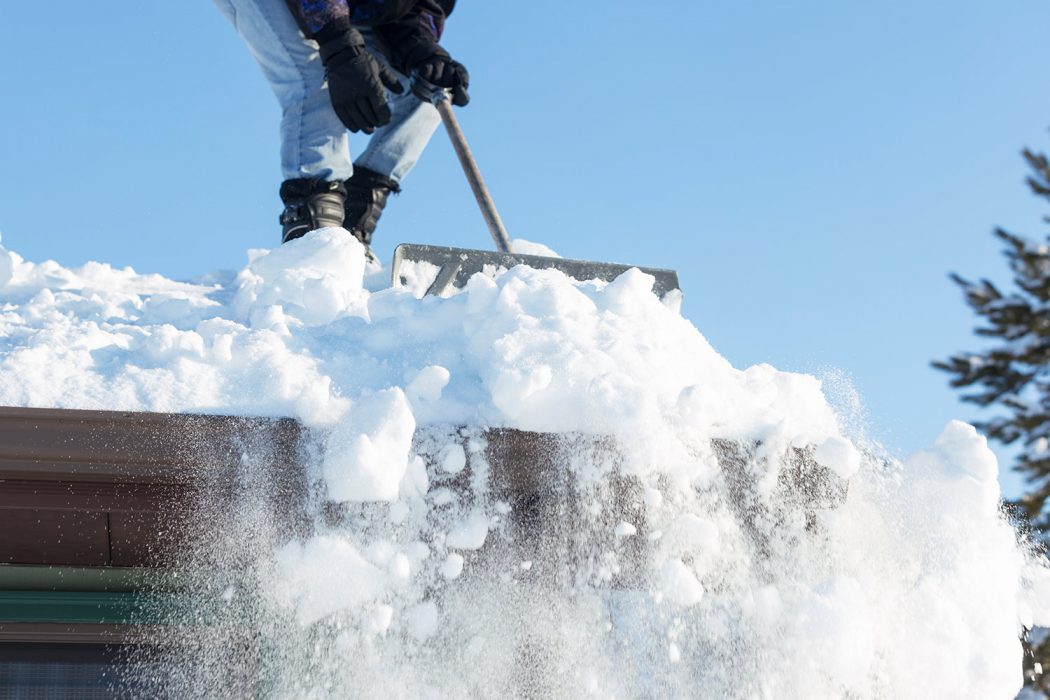December 12, 2024
by Star Building Systems

The scorching days of summer have finally come to an end and now it’s time to start looking ahead to the most wonderful time of the year – winter. It can be a pleasant feeling to see that first layer of snow cascading over the trees and rooftops. The smell of firewood fills the air, and our noses turn more red with each frosty gust of wind. Children gather around the television on snowy mornings, hopeful that they’ll get a snow day (or at least a few extra hours of sleep) and you start thinking about more important matters, your roofline.
Snow and ice buildup is one of the most detrimental climatological conditions to metal buildings, especially when the majority of that snow lies on the roof. While much of the snow will tend to slide off steeper roofs, much will remain that falls on a cold surface or previously covered surface. One way to prevent snow buildup is to plant devices in strategic locations on your roof to prevent one solid sheet of snow or ice. Another simple precaution is to install heat tape in gutters and downspouts to maintain an open and flowing system. When there is ice buildup in your gutters and downspouts, your building is at risk for ice buildup on the roof.
When you’ve done all you can to prevent snow and ice buildup, the next course of action is to remove the snow. Fresh snowfall may weigh as little as 10 to 12 pounds per cubic foot, but the density greatly increases as it compacts and becomes heavier with water. Additionally, when there is snow on the roof of a building and rainy conditions occur, excessive loads develop rapidly. “The first sign of trouble is when the drop ceilings begin to sink below a flat level surface. The eye picks up even the slightest ½” variance.” says Cary Barger, director of field service, claims, and warranty administration at Star Building Systems. “This is not alarming by itself, as the roof members have an allowable amount of deflection before reaching the limitations. You do not want to go past those limitations and receive permanent damage to the primary and secondary members. When it gets above what is the common amount for the area you have experienced, it’s time to consider removal back to a safe level in six-inch increments across the roof. Removal of only one area at a time will cause an unbalanced load, which is not desirable.”
When the time comes to remove the snow buildup on your roof, it is recommended to consult the building manufacturer or a structural engineer before snow removal is initiated. They will lead you in the right direction to ensure you and your building’s safety. For more information, check out the Metal Building Systems Manual on snow removal.
Become part of the powerful Star network. We invest in builders who understand the value of results and provide support that develops strong relationships between you and the entire Star team.
Your building is the cornerstone of the community where people live, work and play. Find a local Star Authorized Builder and let us help you bring your vision to life.